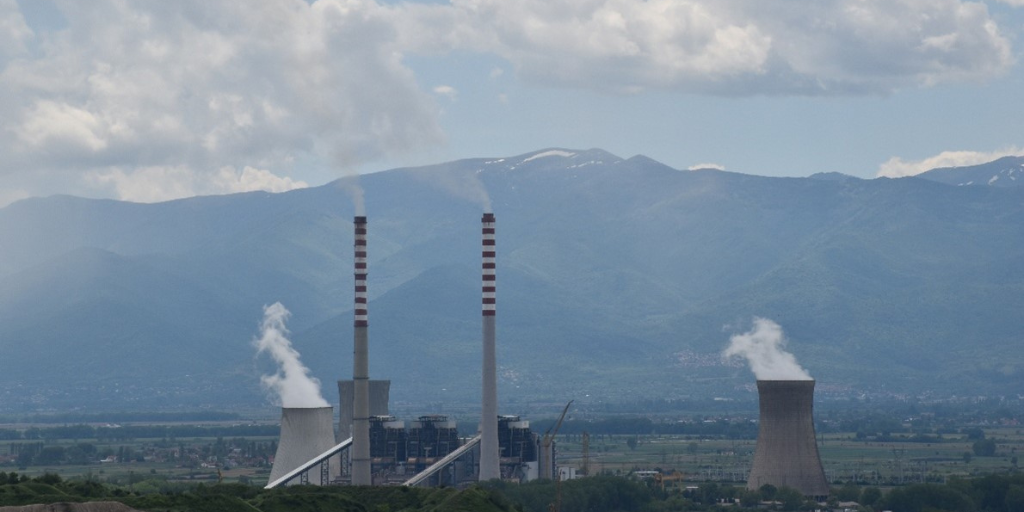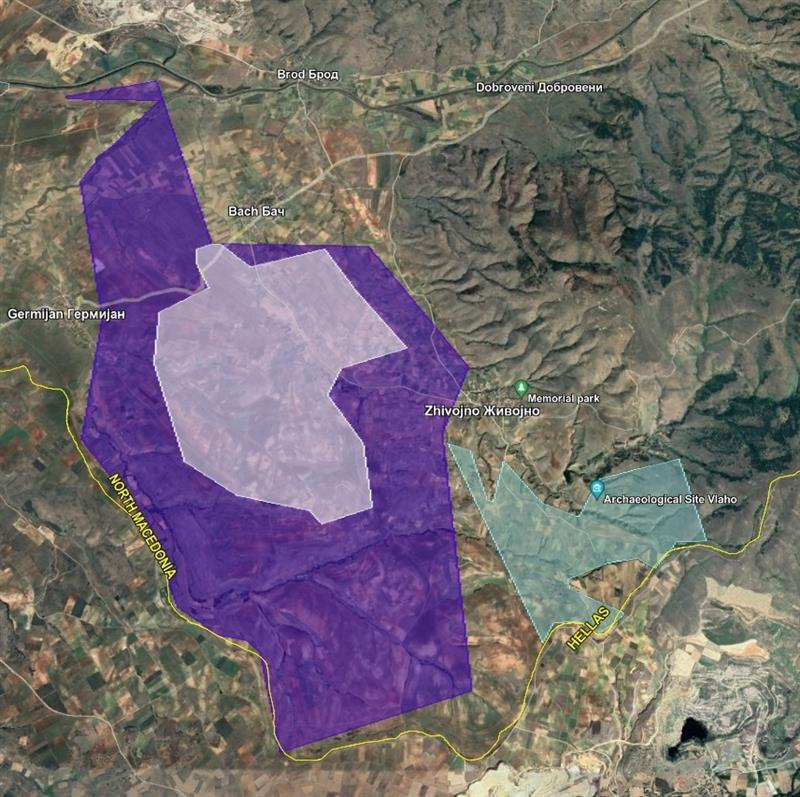Based on the North Macedonian government and state-owned energy utility AD ESM’s supposed commitment to a green energy transformation and just transition, the EBRD is supporting ESM with liquidity loans and technical assistance. However, in a not unexpected turn of events, the company is moving forward with the opening of a new lignite mine.
Davor Pehchevski , Balkan Energy Coordinator | 13 May 2025

In July 2023, the EBRD approved a EUR 100 million loan to North Macedonia’s publicly-owned energy utility AD ESM. It was intended to provide ‘vital liquidity support to continue to endorse ESM’s decarbonisation strategy’ after the energy crisis and to keep the country on track with its coal phase-out commitments.
We were immediately worried that the company would abuse this financial support, at the very least by using savings in its own funds for further investments in coal infrastructure. However, the EBRD claimed in the project’s Board Report that this loan was not just ring-fenced from investments in coal, it was also conditioned on ESM’s commitment to decommission all coal-fired power plants by 2027 and to stop any coal mining operations or further coal exploration.
What the loan was not ring-fenced from is the country’s and company’s extensive track record of not complying with their commitments. ESM is continuing to pursue plans for new coal exploration and mining.
Four days after the loan was approved, on 25 July 2023, the company notified the Ministry of Environment of its intent to open a new open-cast lignite mine near the village of Zivojno. In December 2023, less than six months later, the company published a public procurement notice for project documentation for road infrastructure to transport coal from the planned Zivojno coal mine to the Bitola power plant. Just three months later, in March 2024, ESM signed a contract with a company to produce a feasibility study on a concession for the exploitation of coal at the Gusterica deposit near Oslomej, a power plant that — based on the commitment cited in the Board Report — was already supposed to be closed by the end of 2023.
We flagged to the EBRD that the company was not complying with its commitments, and after several months of back-and-forth communication, we received a response that:
ESM responded, clarifying that the Procurement process for the Zivojno mine was cancelled and such study was not performed. They further explained that the Study for Gusterica was not capital investment in new coal assets, but preliminary analysis made by the old local management of the TPP Oslomej. ESM’s new management, appointed in August 2024, confirmed that ESM or the Government do not plan any investment in new coal mines, as evidenced by ESM’s Investments plan and the Government’s single project pipeline list. Finally, ESM provided assurance that ESM is fully committed to the green energy transition.
We received this response on 21 March 2025. Just one day beforehand, on 20 March, the Ministry of Environment published an Environmental Impact Assessment (EIA) for the Zivojno mine. Public consultations were then announced and a public hearing held on 12 May 2025.
The study explains that the mine will have a surface area of seven km2, and the deposit of around 23.6 million tonnes of lignite will be extracted over a period of ten or more years. The extraction will begin three years after the project is approved since it will take more than two years for the surface soil layers to be removed. Such a project not only delays the 2027 coal phase-out – it completely disregards it and enables further coal use beyond 2040.

Legend:
Dark purple area – coordinates from the Zivojno concession agreement
Light purple area – coordinates from the Zivojno EIA study
Teal area – coordinates of a recently opened privately owned coal mine — Zabrdo
Top left corner – existing Brod-Gneotino coal mine in North Macedonia
Bottom right corner – existing coal mines in Greece
When asked about this during the public hearing, the experts working on the EIA claimed that the mine is only intended to bridge the gap until the coal-fired power plant becomes unnecessary for the country’s energy system, while allowing the company to avoid expensive lignite imports from Greece. But this is not a small project that has just appeared as a temporary solution to a new problem — it has been brewing for years, if not decades. There has been more than enough time to think of and implement alternatives since the first setting of a coal phase-out date in 2019, but ESM has never demonstrated real commitment to this goal. Somehow, three different governments and successive ESM management teams have managed to pull the wool over everyone’s eyes, claiming that the country is heading towards a quick and planned coal phase-out. The EBRD is not the only one who has been fooled.
Under the pretence that it is advanced in its decarbonisation efforts, North Macedonia has received technical assistance to prepare a Just Transition Roadmap. It was also one of the few chosen to be part of the Climate Investment Fund’s Accelerating Coal Transition programme and prepare an investment plan for the just transition. ESM has received millions of euros of technical assistance and loans for renewables projects that are yet to see the light of day. In addition, it received in excess of EUR 369 million from the national government during the energy crisis to ‘bridge the financial gap’ created by the need to import expensive coal and heavy oil. The EBRD’s EUR 100 million loan was just the cherry on top.
After all this, the only major ESM project that is going forward is a new open-cast lignite mine. The company is constantly using someone else’s money to produce high ambition plans that are not implemented, and that has freed up enough of its capital for investments in projects that are not aligned with either the country’s strategic priorities or EBRD policies.
This must stop – ESM needs to put its own money where its mouth is. The EBRD and other international financiers need to stop enabling ESM’s coal addiction. As long as they continue to pour money into a declarative decarbonisation and green energy transition that has no political will behind it, the company – and the government – will never transform into a responsible and accountable partner. The EBRD must insist that ESM cancels the Zivojno coal mine plans or immediately repays the entire loan. In future, it also needs to more closely scrutinise its clients’ performance and look at their deeds, not only their words.
Never miss an update
We expose the risks of international public finance and bring critical updates from the ground – straight to your inbox.
Institution: EBRD
Theme: coal
